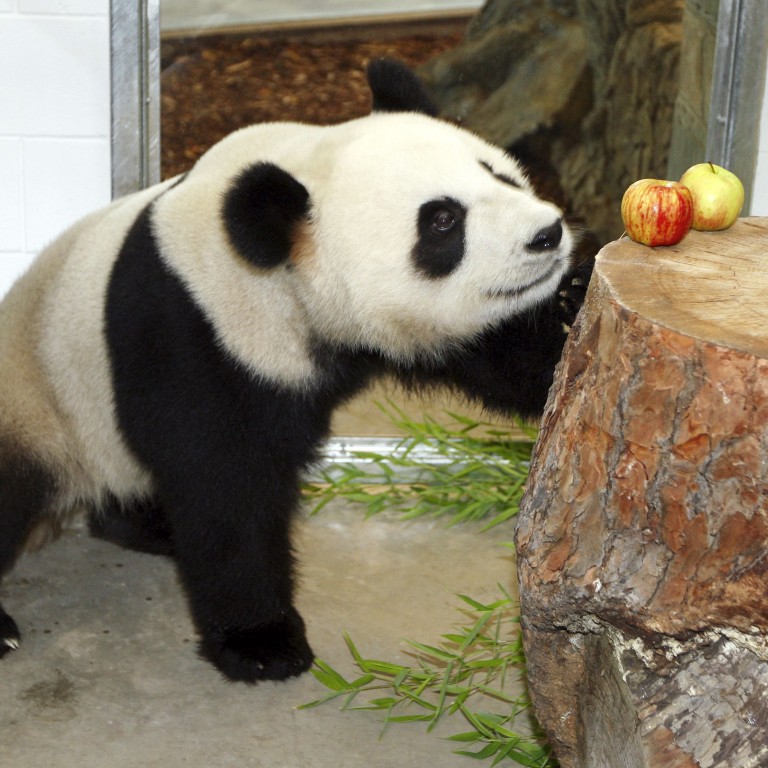
Adelaide Zoo’s giant pandas fail to breed
Breeding blow for Australian scientists
It was back to the drawing board for Australian scientists on Monday after another breeding season for giant pandas failed to produce results at the Adelaide Zoo.
Wang Wang and Funi arrived in Australia on a decade-long loan from China in late 2009 and there were hopes of breeding the Southern Hemisphere’s first baby pandas.
Adelaide Zoo’s reproductive team was hoping it would be third time lucky for the cubless pair this year after two unsuccessful earlier seasons.
But both natural mating and artificial insemination appeared to have failed, with no pregnancy for 7-year-old Funi as the very short annual breeding period - typically just 48-72 hours a year - drew to a close.
“Panda breeding is extremely complex, mainly due to the very small window of opportunity that occurs for breeding each year,” said the zoo’s senior panda keeper Simone Davey.
“We also need to remember that both Wang Wang and Funi are still young pandas, and are only just reaching sexual maturity.”
Davey said Wang Wang, 8, had only been able to produce a low volume of sperm, which was not uncommon for a young panda. In the wild juvenile males typically do not breed because they are fought off by dominant older animals.
“We have learnt a great deal from this year’s breeding attempt and are looking forward to next year when hopefully we will have more success,” she said.
Fewer than 1,600 pandas remain in the wild, mainly in China’s Sichuan province. A further 300 are in captivity around the world and breeding programmes aim to preserve the low-sexed creatures.
A panda cub was born in Taiwan in July and there have been several other births in recent months in the United States and Spain, all the result of artificial insemination.
